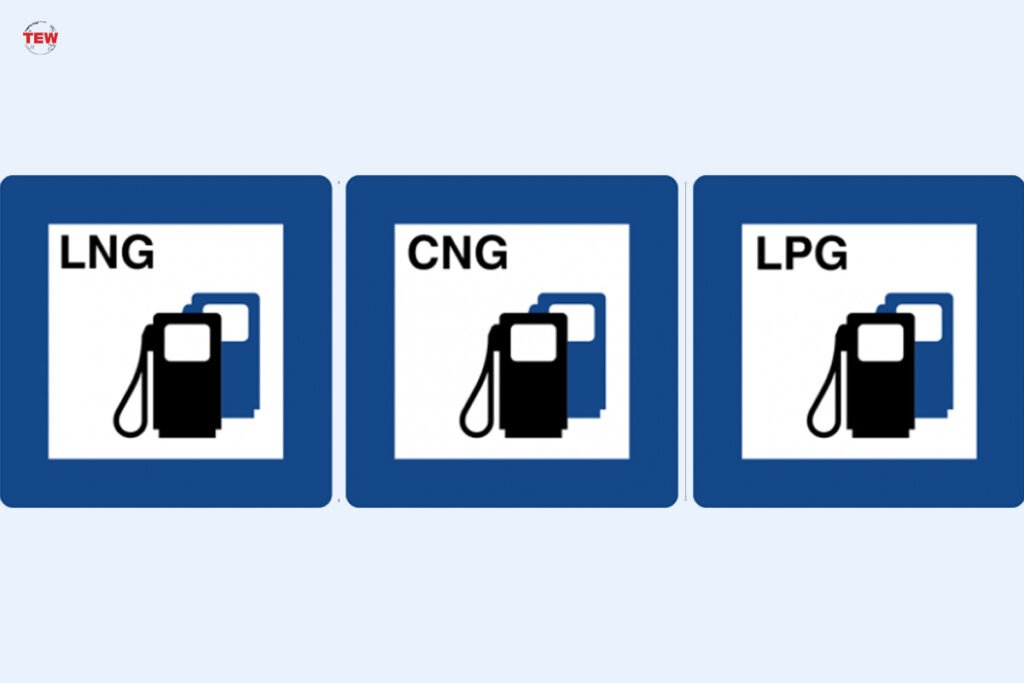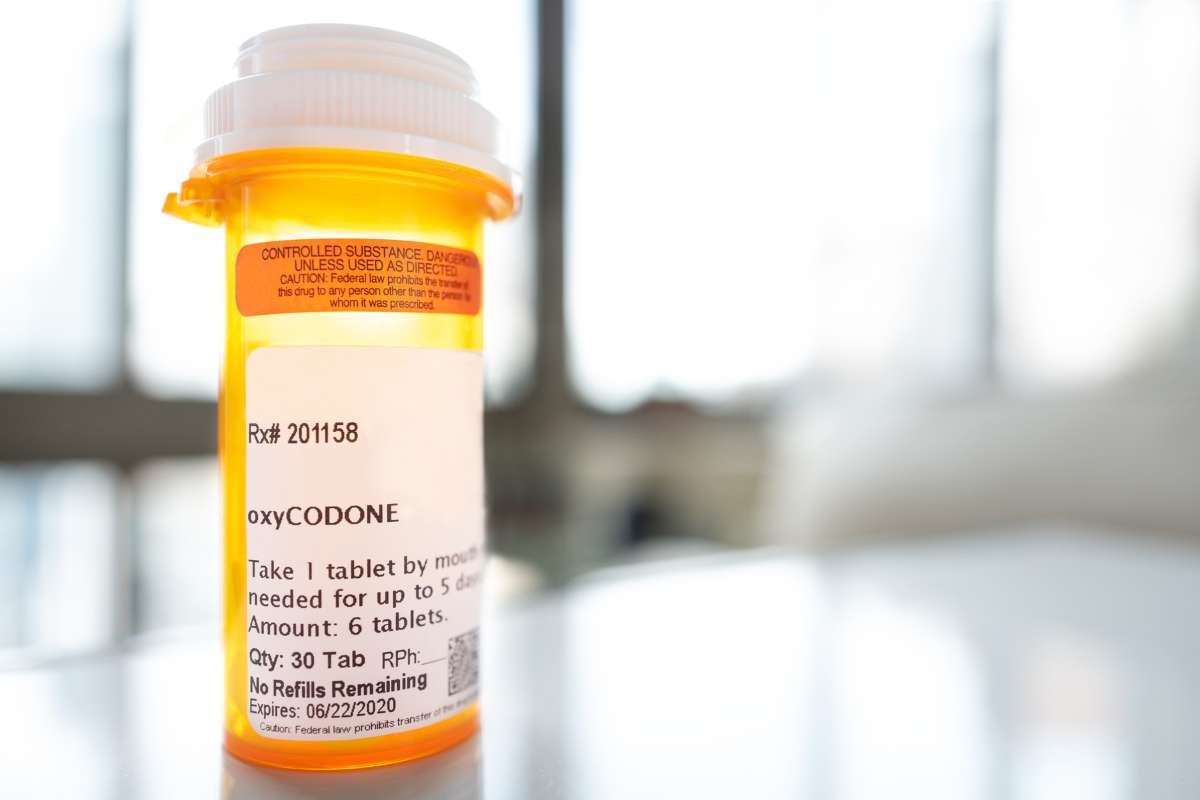Since the start of Russia’s invasion of Ukraine, the world has been experiencing a volatile and unpredictable energy market. Gas and overall energy prices have been all over the place. This has increased the demand for natural gas, particularly liquefied natural gas (LNG) because LNG isn’t affected by the political crisis in Eastern Europe.
LNG is in plenty across Africa, Asia, and North America, which means the world doesn’t have to rely on Russian oil. The exponential growth in LNG demand can also be attributed to the fact that it is cleaner than diesel, propane, and fuel oil. LNG is a low-carbon fuel, making it a perfect transition fuel as different industries in the global economy transition to cleaner, renewable energy.
What You Need to Know about LNG and Natural Gas
With everyone now hyping up LNG, you must be wondering what makes it so special.
Here are a few LNG and Natural Gas facts that will satisfy your curiosity:
i. LNG is a versatile fuel

LNG as a fuel was discovered in the first half of the 20th century. Since then, the fuel has been tried, tested, and approved for use in all sectors of the global economy. It can be used to power the manufacturing sector, utility markets, transport sector, and even residential areas.
ii. It’s a clean-burning fossil fuel
Burning natural gas emits negligible amounts of air pollutants such as carbon dioxide (CO2) and nitrogen oxide. It’s cleaner than burning coal or petroleum products. That makes it a better alternative to petroleum products as a transportation fuel for fleet vehicles.
iii. It’s a clear, colorless, and odorless liquid
Upon purification and liquefaction, LNG becomes a clear, colorless, and odorless liquid. It contains negligible concentrations of hydrocarbons such as ethane, butane, and propane. It also contains negligible quantities of inert components such as nitrogen.
iv. Why is natural gas liquefied?
For easier storage and transportation. LNG occupies 1/600th the volume or space it was in before liquefaction.
v. Is LNG the same as LPG
The two are different. LPG is liquid petroleum gas. Its major components are either propane or butane and are a byproduct of the crude oil refinery process. It exists as a liquid under a pressure of approximately 100 psi. Natural gas, on the other hand, is a fossil fuel that’s drilled in a similar way that oil is drilled. LNG exists at approximately -260°F (-161.5°C) at atmospheric pressure.
vi. LNG is very cost-effective
There are natural gas reserves literally on every continent of the planet. That means its pricing isn’t affected significantly by geopolitics and trade wars between countries. For over 2 decades now, its pricing has not been affected by the erratic price swings witnessed in the energy sector.
vii. LNG can be easily stored and transported to literally anywhere
You can get natural gas delivered to your doorstep whether or not you’re on the grid. This is because LNG can be trucked. There also exists mobile LNG storage tanks and vaporizers to keep the fuel at its ideal temperature and pressure even in remote areas. A perfect example of how transportable LNG is would be AG&P’s city gas distribution (CGD) network in Karnataka, India.

The LNG distribution company, under the leadership of Joseph Sigelman, has been able to distribute LNG to many areas of India, making it highly accessible for industry and households. This reemphasizes how proper LNG infrastructure can help economies and families prosper.
viii. LNG is plentiful and reliable
There is enough LNG to last 1-2 centuries. Its production and storage aren’t impacted directly by weather patterns, unlike its alternatives such as wind, solar, and hydro. It is the most reliable fuel in the market today.
ix. How safe is LNG?
LNG is very safe in an event of spillage. First of all, LNG does not ignite when in a liquid state. In fact, it doesn’t ignite until after attaining a temperature of 1000 F or when its concentration in the air is more than 15%. Secondly, LNG vaporizes fast upon spillage and rises up into the air. That’s because LNG is lesser dense than air. It’s also worth noting that LNG doesn’t leave contamination or residual waste upon vaporization, another reason why it is safe for the environment.
x. How does LNG compare with other fuels?

In terms of the power it provides, one gallon of LNG produces 82,650 Btu. One gallon of diesel, gasoline, and LPG provides 139,000 Btu, 125,000 Btu, and 91,000 Btu respectively. In a nutshell, LNG is within the same range as most of its alternatives (in terms of power generation) despite being a lot cleaner than all of them.
Bottom line
LNG is safe, plentiful, affordable, reliable, and clean. It will get even cleaner and more reliable as drilling, liquefaction, storage, and transportation technologies improve. Without a doubt, LNG is the fuel of the future!





